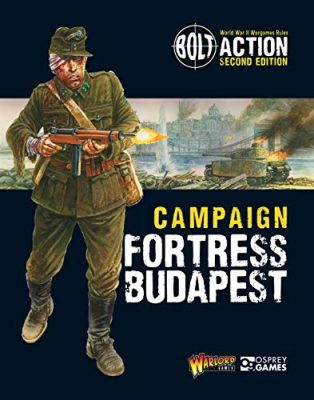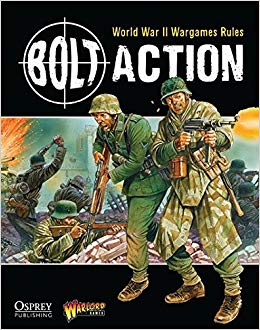Bolt Action Overlord: Germans
By Jacob Shober
The first twenty-four hours of the invasion will be decisive. . . . [T]he fate of Germany depends on the outcome. For the Allies as well as Germany, it will be the longest day.
—Field Marshal Erwin Rommel, 22 April 1944.
D-Day has finally come to , and I can definitely say that the campaign book does it justice. At least from the German perspective, one can definitely feel the gravity of the situation, the desperate hold on the beachhead bunkers and fortifications as wave upon wave of Allied troops storm the beach, drop from the skies, and rain high-caliber naval shells on top of them.
It also shows much of how the Germans appropriated French armor and guns for their own purpose after the successful invasion in 1940. From both a historical and gameplay viewpoint, this campaign book has a lot of content to offer, from the units, to the fortifications, and lastly, the theater selectors.

 By mid-1944, the Red Tide sweeping across the plains of eastern Europe had finally begun to lap the
By mid-1944, the Red Tide sweeping across the plains of eastern Europe had finally begun to lap the 
 For those who have read my previous on my (BA) journey, I have just completed my first few BA games in a tourney at the NOVA open. This article will focus on my overall experience in learning Bolt Action and my impressions of the game in general.
For those who have read my previous on my (BA) journey, I have just completed my first few BA games in a tourney at the NOVA open. This article will focus on my overall experience in learning Bolt Action and my impressions of the game in general.